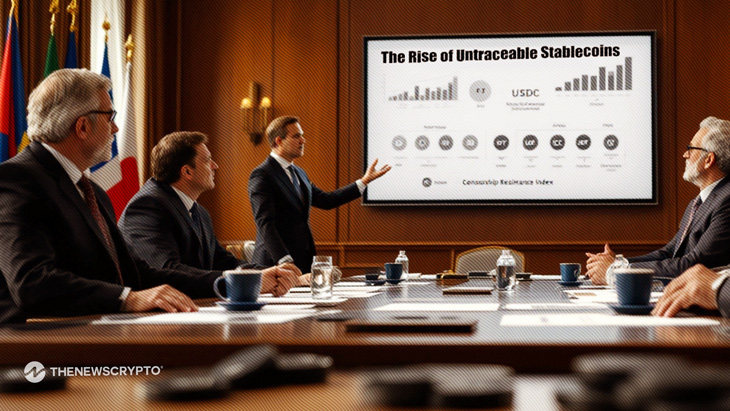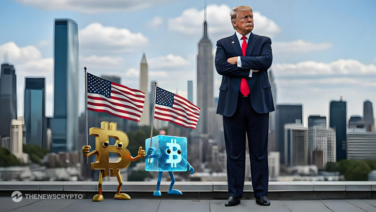- Global rules are driving demand for private stablecoins.
- Projects are using Monero-like tech for privacy.
- USDT may regain a role as a dark stablecoin.
As global governments intensify their grip on digital finance, a new breed of cryptocurrency is quietly entering the spotlight: dark stablecoins. These censorship-resistant stablecoins are becoming increasingly attractive to users seeking privacy and freedom from regulatory oversight.
Ki Young Ju, CEO of CryptoQuant, sparked discussion in a May 11 post, suggesting that upcoming regulations could make traditional stablecoins more like conventional banks subject to wallet freezes, smart-contract-triggered taxes, and mandatory identity checks.
“Any stablecoin issued by a country could face strict government regulation,” Ju warned, suggesting that users may pivot toward decentralized alternatives.
The Rise of Privacy in a Regulated Landscape
With the U.S. mulling stablecoin legislation and the European Union’s MiCA regulation already in effect, stablecoins are facing their most intense scrutiny yet.
This shift has sparked interest in new models:
- Algorithmic dark stablecoins mirror the value of regulated coins like USDC, using oracles such as Chainlink but without collateral backing.
- Jurisdictional alternatives, issues are in countries less prone to censor financial activity.
Even Tether (USDT), once seen as censorship-resistant, could rebrand as a dark stablecoin if it defies U.S. compliance under future administrations.
Privacy Coins Set the Stage
Although not stablecoins, Zcash (ZEC) and Monero (XMR) already offer privacy-preserving blockchain transactions. Their technologies conceal sender, receiver, and transaction values, providing a template for privacy-enhanced stablecoins.
New initiatives like Zephyr Protocol (a fork of Monero) and PARScoin are trying to develop stablecoins with integrated anonymity. These innovations conceal user identities, transaction records, and value transfers, meeting privacy requirements in the face of increasing financial control.
At the same time, the market of stablecoins is in good health. In April 2024, it reached over $230 billion in market capitalization, 90% being comprised of USDT and USDC. Volumes even surpassed Visa and Mastercard’s combined volumes, highlighting the pivotal role stablecoins play in global finance.
Highlighted Crypto News Today:
Metaplanet Surpasses El Salvador in Bitcoin Holdings with $129M Purchase








